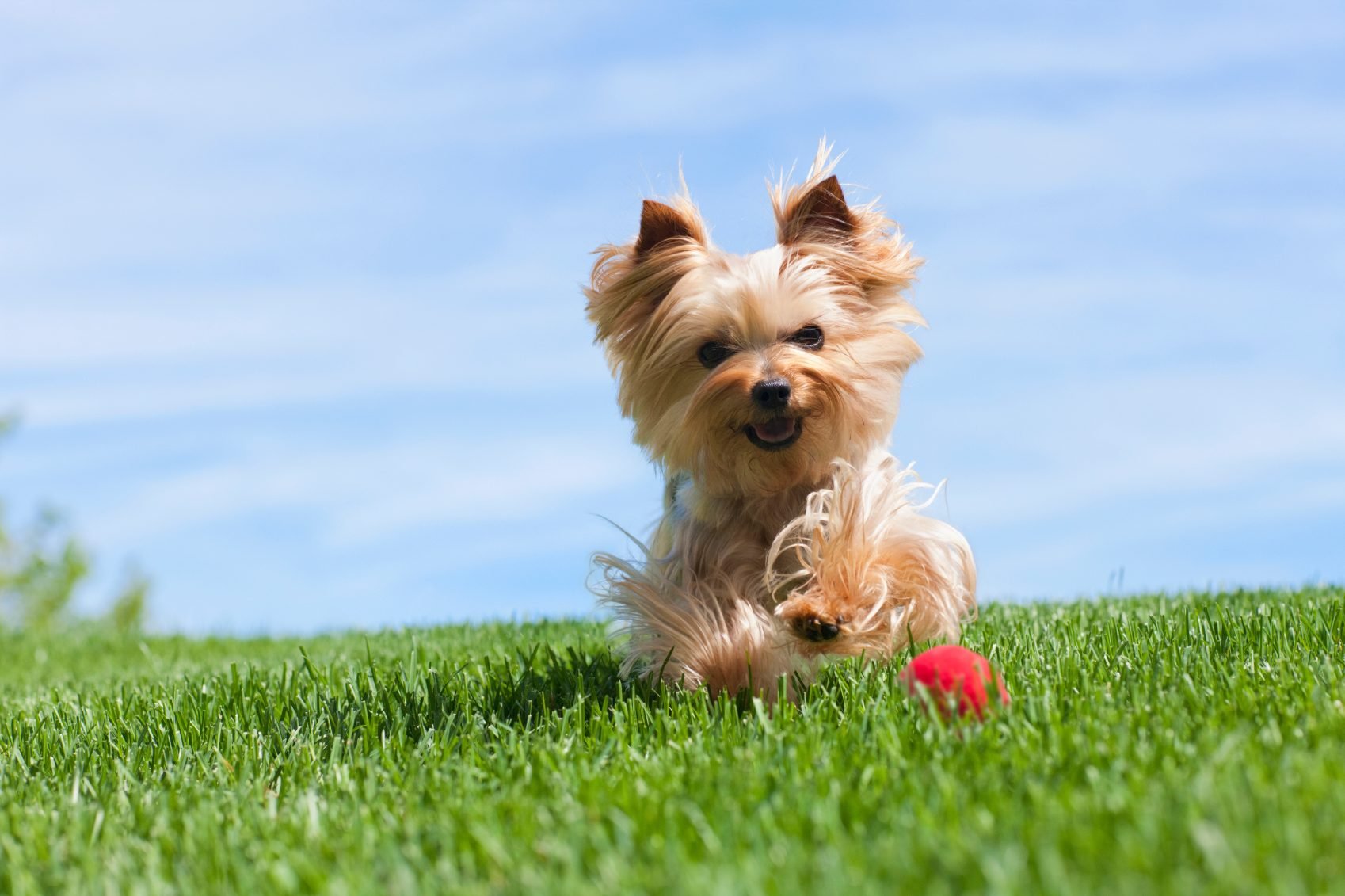
One of the (many) great things about dogs is that they don’t fake their emotions. They’re not going to lick you and then complain to their doggie buddies that walks aren’t long enough. The hard part, however, is deciphering those feelings.
Here are some tips from the ASPCA on how to tell what kind of mood your dog is in:
(Photo by Thinkstock)
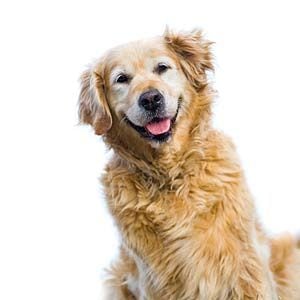
1. How To Tell if He’s Happy
When a dog is happy, he has relaxed body language. His muscles are relaxed, his tail and ears are held in their natural positions, and he looks neither large nor small for his physique. He might wag his tail from side to side or in a circular motion. His facial expression is neutral or he appears happy — the muscles in his face are relaxed, his mouth is closed or slightly opened, and he might be panting with a regular tempo. The corners of his mouth might be turned upwards slightly like he’s smiling.
(Photo by Thinkstock)
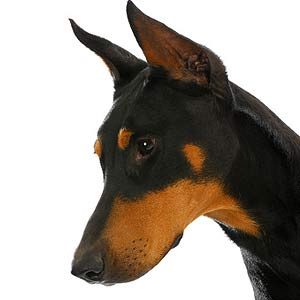
2. How To Tell if Your Dog is Alert
When your dog is alert, he looks intense and focused. He stands upright, his ears are up and forward, and his head and neck are erect. He holds his tail either in its natural position or vertically, and it is rigid and immobile. He’s looking at whatever he’s detected. His mouth is probably closed and he might growl or bark.
(Photo by Thinkstock)
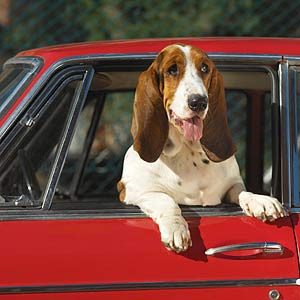
3. How To Tell if Your Dog is Excited
In this case, he’ll look as intense as he does when he’s alert, but he might appear playful. His ears are up and his tail is held high, and it may or may not wag. He looks at the individual or object that’s the source of his excitement. Excited dogs often hold their mouths open, and they might bark.
(Photo byThinkstock)
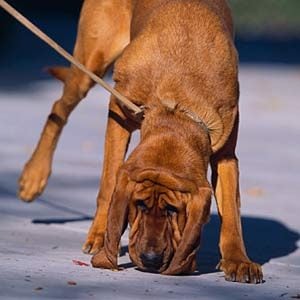
4. How To Tell if Your Dog is Aroused
An aroused dog almost always has his hackles up. However, just about everything else about his body language depends on whether he’s feeling scared, uncertain or angry. His body may look normal-sized or larger, his ears might be flattened to the side or held forward, and his tail might be held low, in a normal position or high. He may or may not be looking directly at an individual or object. Sometimes there’s nothing in the environment that’s obvious to us, but a dog can be aroused by a sound that we can’t hear or an odour that we can’t smell.
(Photo by Thinkstock)
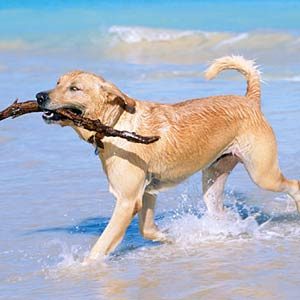
5. How To Tell if Your Dog is Playful
His body movements are jerky and bouncy. He might bounce around in exaggerated twists, turns and leaps. He might dodge around you, paw at you and then take off running to invite a chase. Or he might just jump on you and start mouthing. Some dogs also show a “play face,” a happy facial expression characterized by a partially open mouth that almost looks as though the dog is smiling. A playful dog might also growl or make high-pitched barks.
(Photo by Thinkstock)
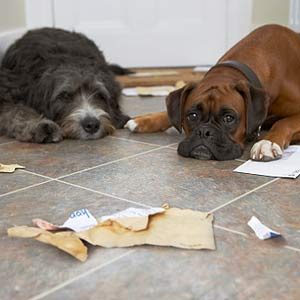
6. How To Tell if Your Dog is Scared
When your dog is scared, he does his best to look small. Often, his body looks hunched, with his tail held low or tucked between his rear legs and his ears flattened back on his skull. He might cower close to the ground. The muscles of his body and face are tense and rigid. He might yawn in an exaggerated way.
(Photo by Thinkstock)
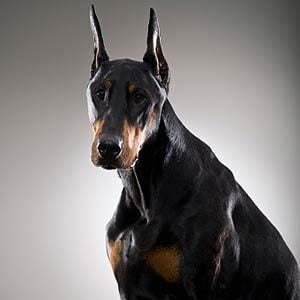
7. How To Tell If Your Dog is Dominant
If your dog is feeling dominant, he stands tall, sometimes on his tiptoes, and tries to look large. He arches his neck. He appears tense, like a coiled spring. His weight is squarely on all four feet or he’s leaning forward slightly. His ears are up and oriented forward. His tail is high and rigid, sometimes flagging or quivering at the end. His hair may or may not be standing up on his shoulders or along his back. He usually makes direct eye contact with the other individual. He might growl, but his mouth will typically be closed.
(Photo by Thinkstock)

8. How To Tell if Your Dog is Submissive
In this case, he tries to convey the message that he’s the underling, that he’s not a threat and that aggression is unnecessary. During active submission, he makes his body look small by hunching over and getting low to the ground. He holds his tail low or tucked, sometimes rapidly wagging it back and forth. He flattens his ears or holds them off to the sides of his head. He keeps his neck low to the ground, but he turns his muzzle up toward the other individual. He might nuzzle, lick or flick his tongue. He averts his gaze so as not to look directly at the other individual. Some dogs, particularly puppies, urinate.
(Photo by Thinkstock)